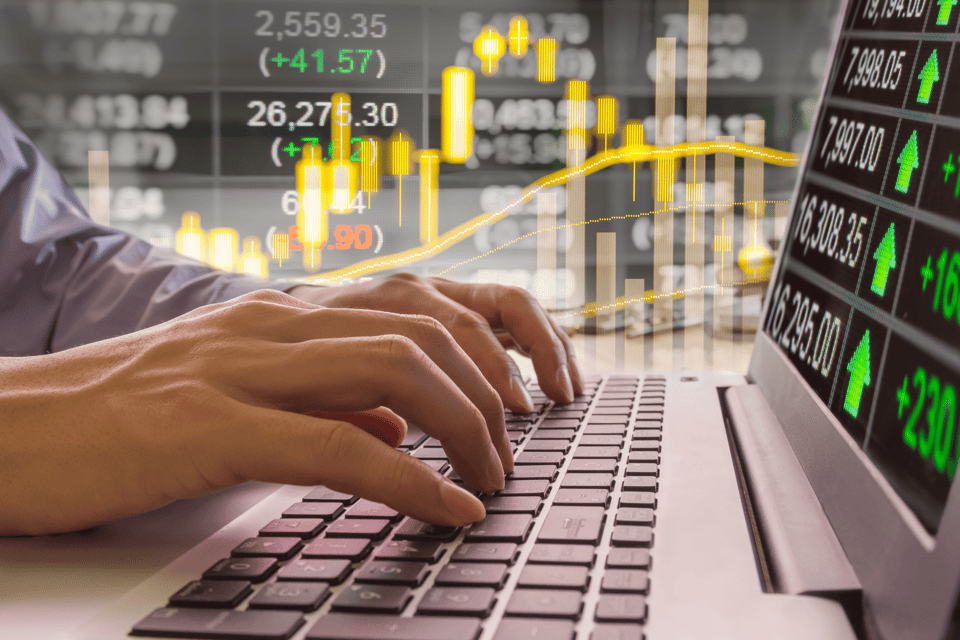Over the course of each calendar year, the Financial Information Association (FIA) measures and reports on the activity present in the global derivatives markets. As an example, the FIA issued a release for year-end 2018 stating that aggregate futures and options volume amounted to 30.28 billion contracts and open interest levels stood at 827.6 million. While these numbers appear abstract, they’re invaluable to the study of the open interest vs. volume relationship.
Regardless of your market savvy, it’s fairly obvious that the futures and options trade is enormous, according to these figures. But what is volume and open interest? How do these factors impact the markets? Let’s take a minute and break down these concepts, along with their strategic value.
It’s All about Liquidity
When examining the open interest vs. volume paradigm, one key element of market behavior must be kept in mind ― liquidity. Liquidity is the market characteristic that enables participants to buy and sell assets quickly, at a relatively stable price. Liquid markets exhibit robust depth and high degrees of participation, ensuring that orders are filled in an efficient manner. Tight bid/ask spreads and limited slippage are benefits afforded to traders engaging liquid markets.
Given the upside of trade-related efficiency, it stands to reason that liquid markets are frequently targeted by active traders. That’s where volume and open interest come in ― measuring and projecting market liquidity. Here is a basic synopsis of each metric:
- Open interest: Open interest is the total number of futures and options contracts active, or “outstanding,” at a point in time. In practice, this figure accounts for contracts that have not yet been closed due to trader discretion, delivery, or settlement. It represents the likelihood of a buyer or seller being present in the market at some future point in time. Essentially, open interest is used as a predictor of eventual liquidity.
- Volume: Volume is the measure of traded contracts for a designated period. Essentially, every time a futures or option contract is bought or sold, volume increases by one. For instance, if the front month E-mini S&P 500 has a daily volume of 2 million, this means that 2 million E-mini S&P 500 contracts were bought or sold on that day. Liquid markets exhibit steady and strong volumes, which are viewed as being ideal for short-term intraday trading approaches.
There’s a general rule of thumb regarding liquidity and participation: the greater the open interest, the greater the potential volume. Examining the open interest vs. volume relationship is an ideal place to begin addressing the liquidity question and what it means to your approach to the markets.
Open Interest vs. Volume: Trends and Reversals
The applications of open interest and volume are extensive, with the limit being only the imagination of the trader. Two of the most common ways in which these metrics are used pertain to trend and reversal trading strategies.
As the old saying goes, “the trend is your friend.” While certainly a solid observation, the adage doesn’t tell us how to enter or exit a trending market properly. Open interest and volume can be particularly useful in this department:
- Open interest: At its core, open interest paints a picture of how much capital is being injected into a given market. Keeping an eye on open interest is vital to identifying trends, in that growing open interest signifies that an influx of money is likely to stimulate action and aid price extension. Conversely, falling open interest alludes to activity “drying up” or capital exiting the market. This suggests that the presence of any prevailing trend is short-lived and adopting a reversal strategy may be the best course of action.
- Volume: Traded volumes may also be used to project trend extension or exhaustion. In the event that volume is comparatively strong, a trader can deduce that order flow is consistent. The prevailing trend is likely to remain valid as buys or sells continue to hit the market in mass. However, when volume decreases, activity is effectively dying down. As a result, further price extension becomes much less likely, and it may be time to exit any trend-following strategies.
Trend and reversal traders alike regularly scrutinize the open interest vs. volume relationship. While certainly not the be-all and end-all to active trading, grasping the concept of how liquidity impacts market behavior is a valuable strategic consideration.
Which Market Is Right for You?
The futures markets provide diverse arenas, filled with suitable alternatives for almost any trader or investor. For more information on which product or market may be best suited to satisfy your personal goals and objectives, schedule a free consultation.



